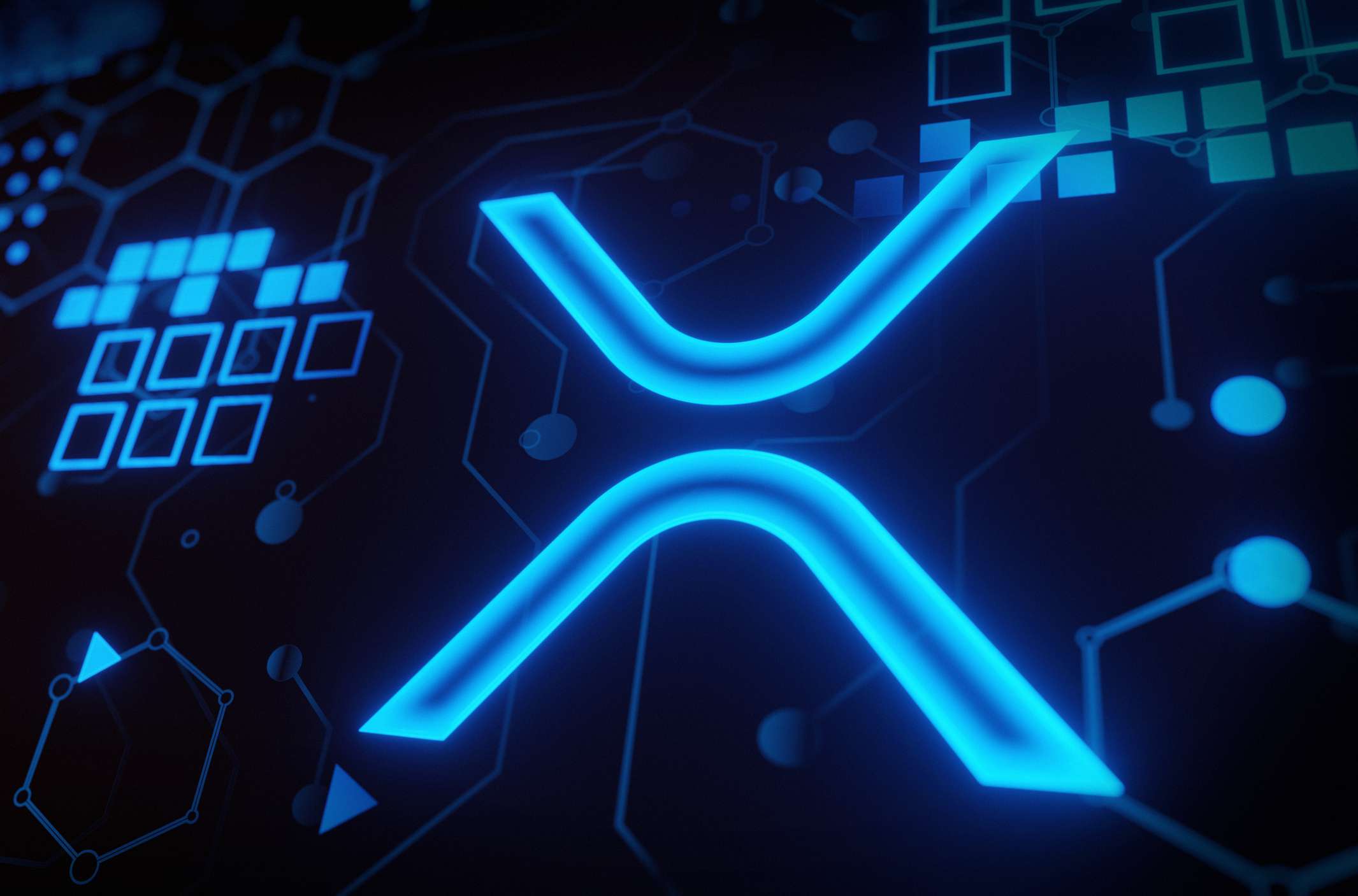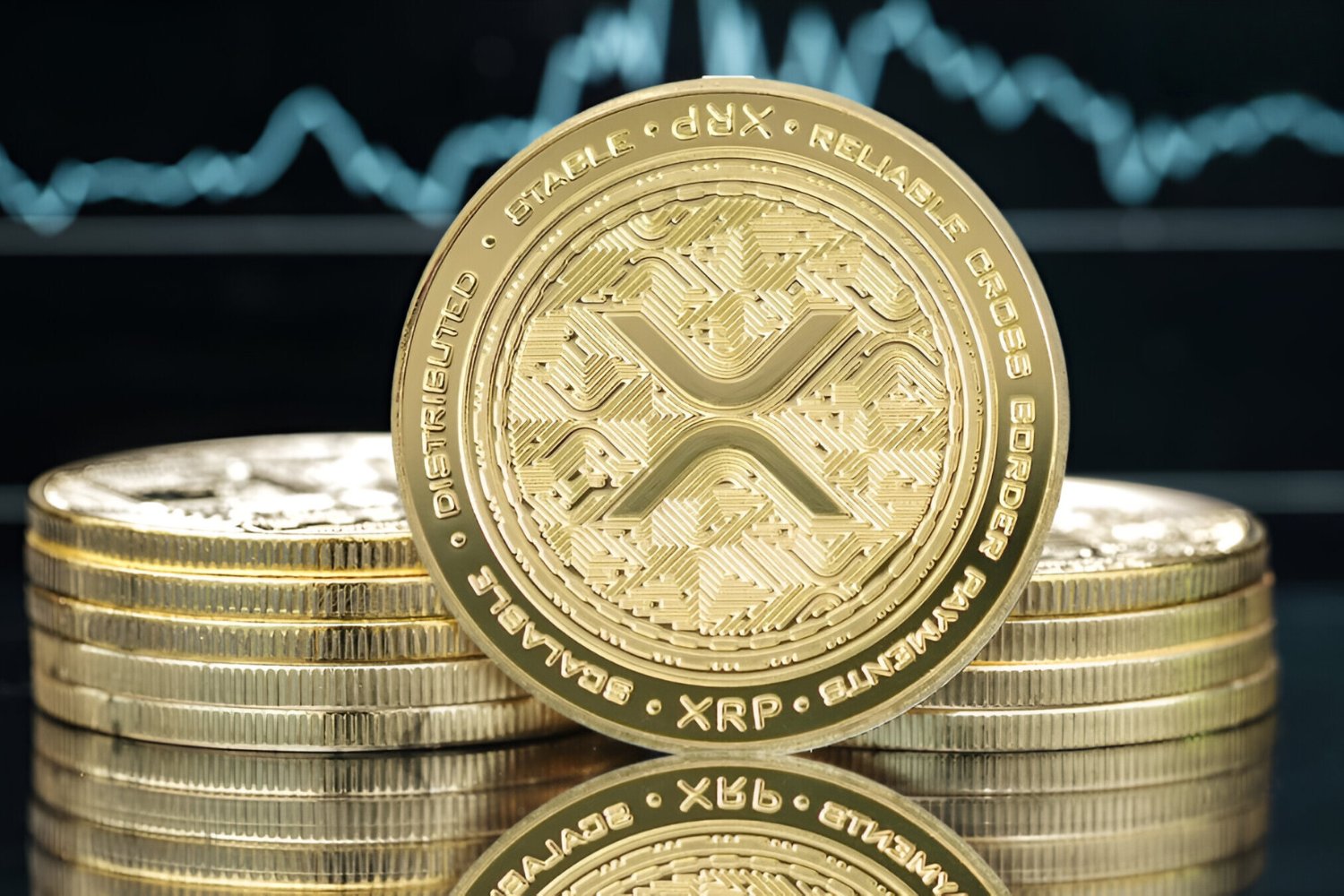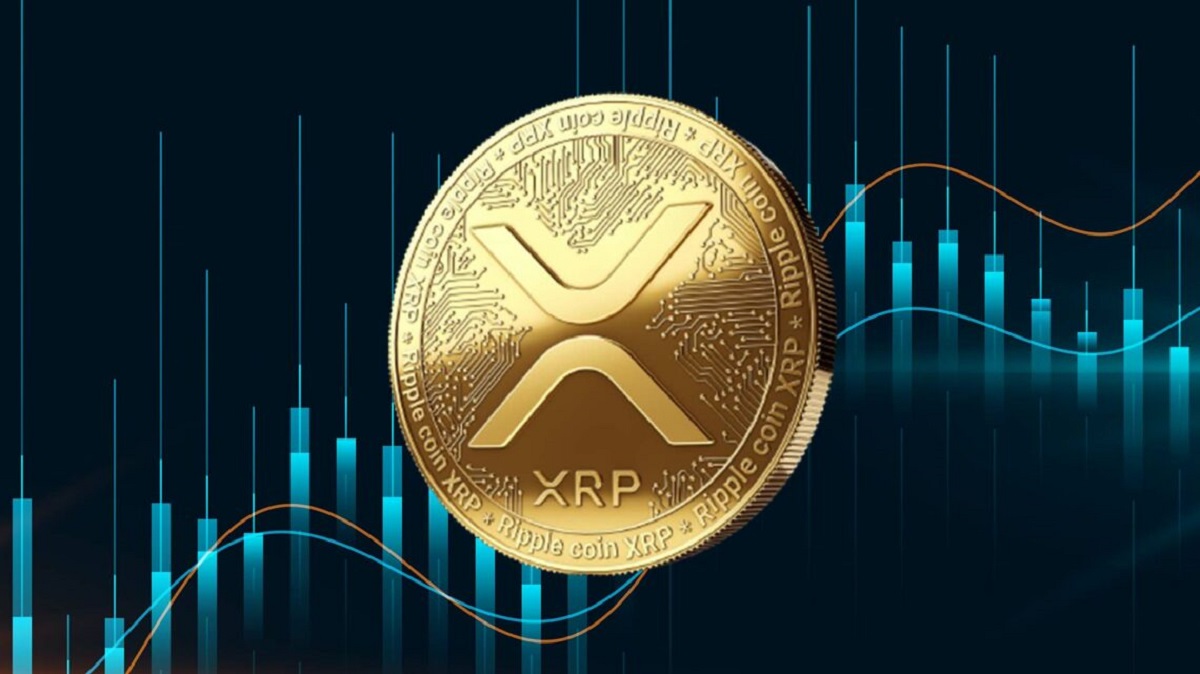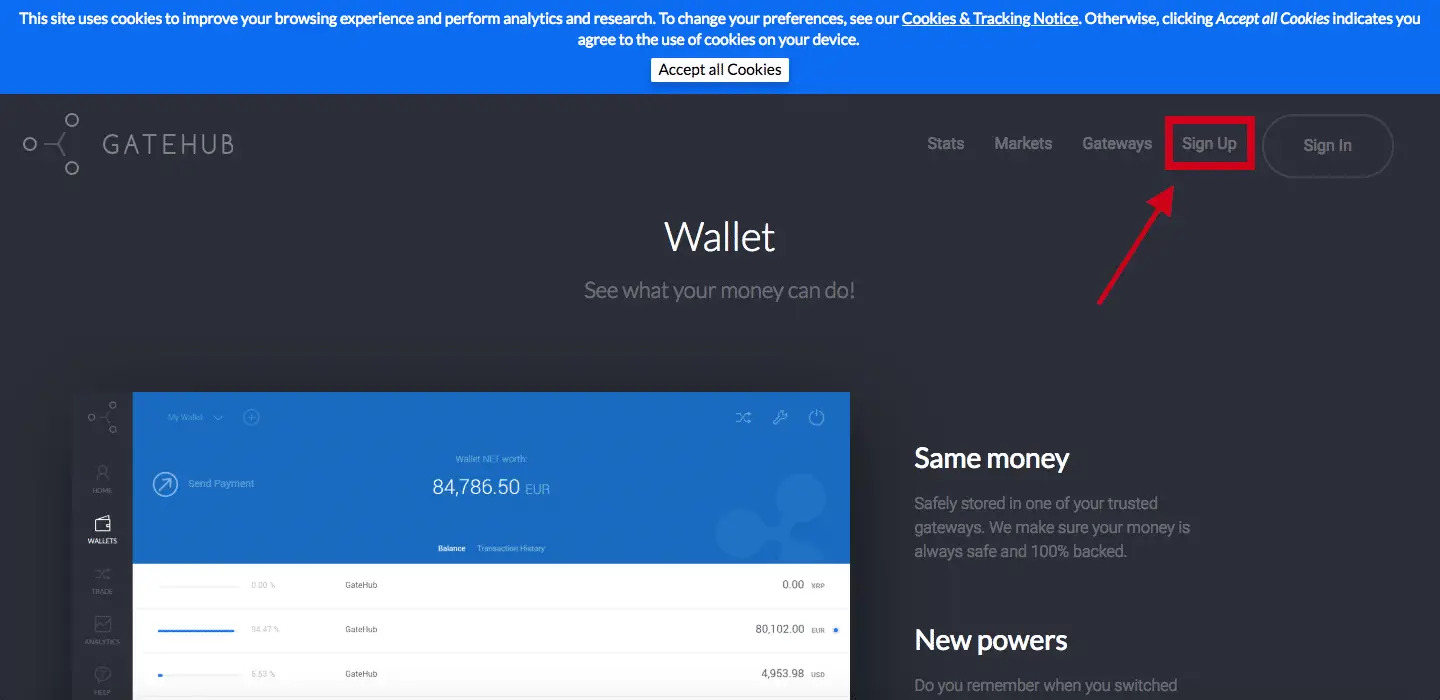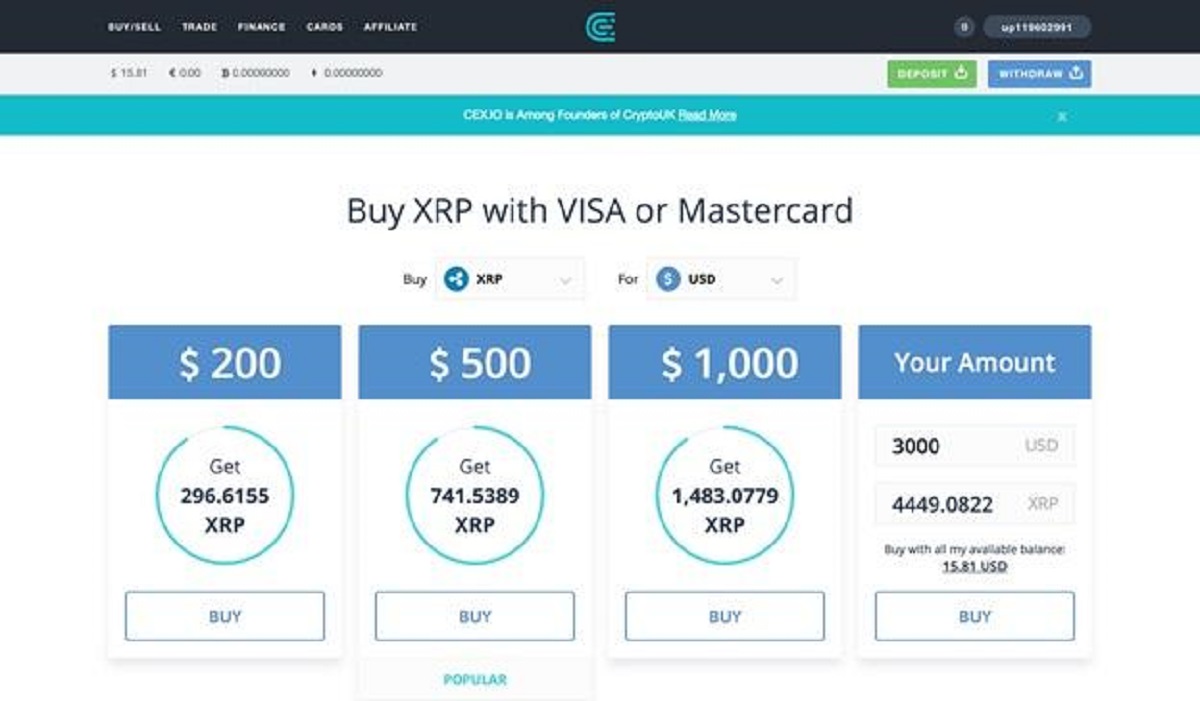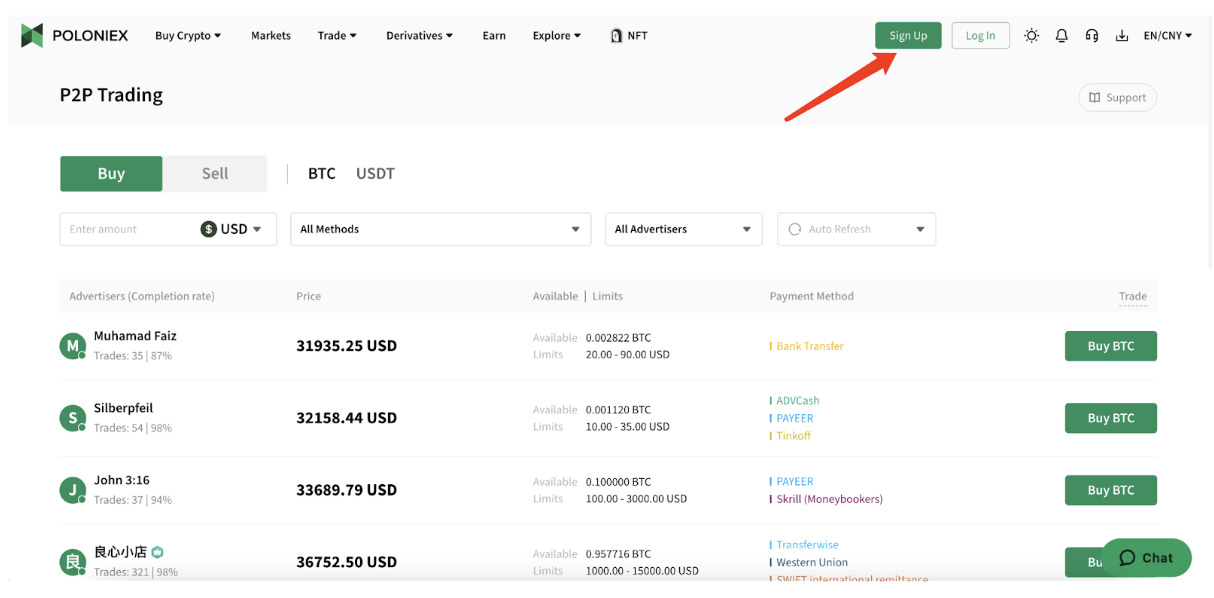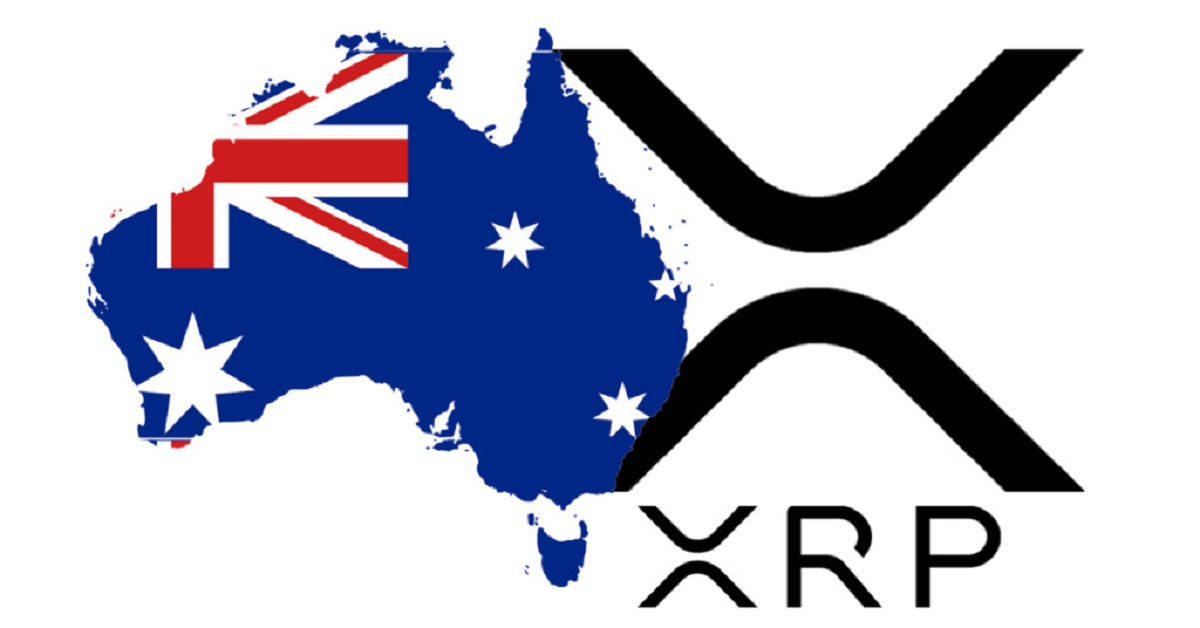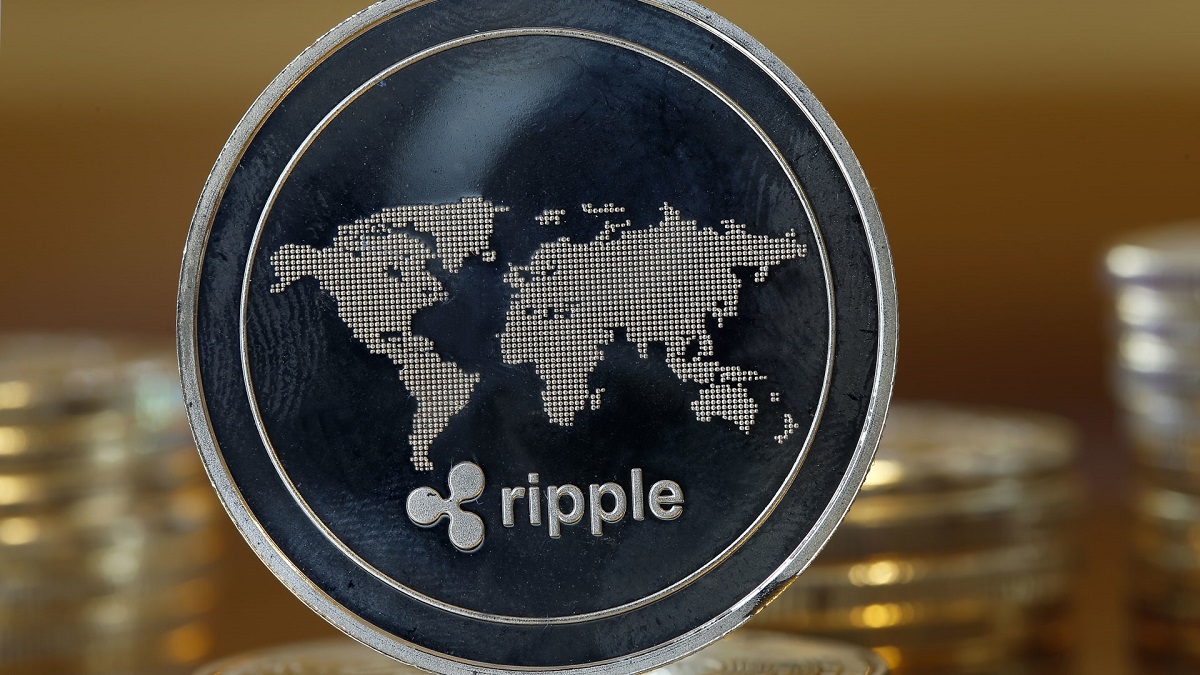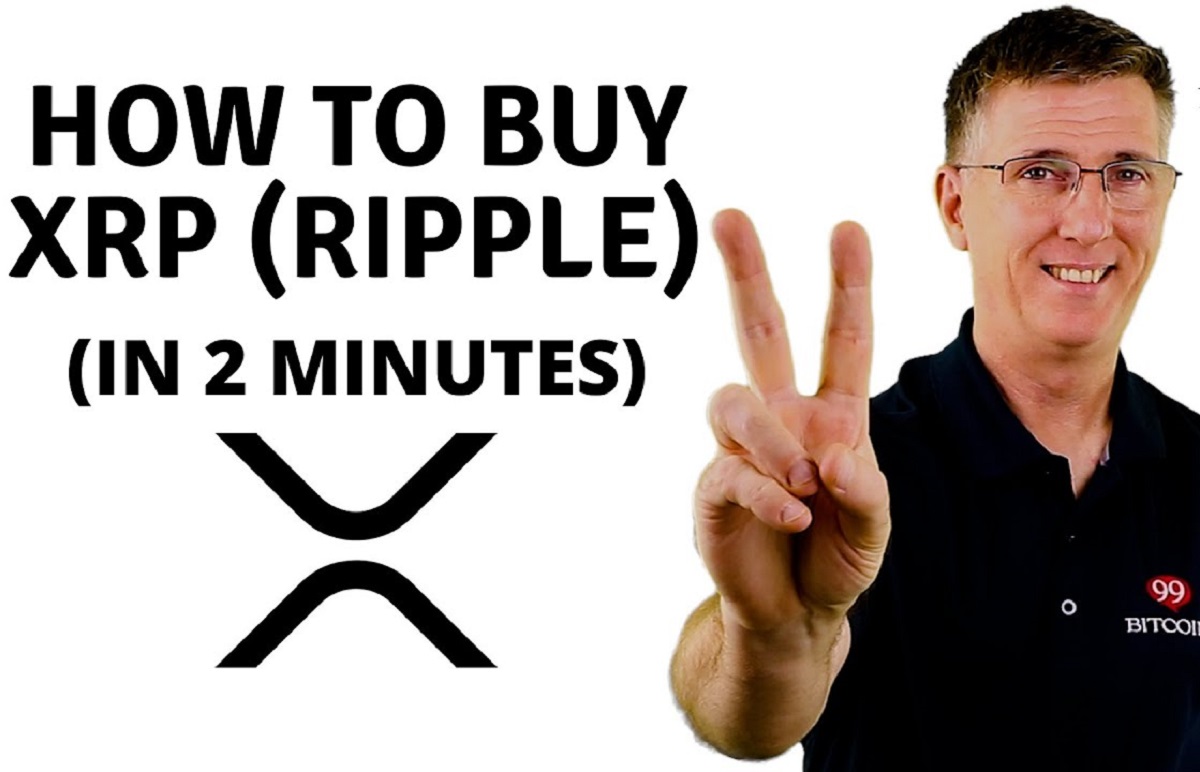Introduction
Are you interested in the world of cryptocurrency trading? If so, you may have come across the term “XRP.” XRP is one of the most popular digital assets in the cryptocurrency market, known for its fast transaction speeds and low fees. In this article, we will delve into the world of XRP trading and explore the various aspects that make it a unique and attractive investment opportunity.
Before we dive into the nitty-gritty of XRP trading, let’s start with a brief overview of what XRP actually is. XRP is a digital currency that operates on a decentralized blockchain network called RippleNet. It was created by Ripple Labs in 2012 as a means to facilitate fast, low-cost cross-border transactions. Unlike other cryptocurrencies like Bitcoin or Ethereum, XRP serves as a bridge currency and does not rely on mining for its creation.
Over the years, XRP has gained significant traction in the financial industry due to its potential to revolutionize international payments. Many major banks and financial institutions have partnered with Ripple to utilize its technology and leverage the benefits of XRP. As a result, XRP has become a popular choice among traders and investors looking to capitalize on the potential growth of this cryptocurrency.
In the following sections, we will explore the history of XRP, how XRP trading works, the platforms available for trading XRP, key factors to consider, as well as the benefits and risks involved in XRP trading. Additionally, we will discuss common trading strategies and provide some tips and best practices to help you navigate the XRP trading market successfully.
Whether you are a seasoned trader or new to the world of cryptocurrency, understanding XRP and how to trade it can open up exciting investment opportunities. So, let’s dive into the world of XRP trading and discover the potential it holds for investors like you.
What is XRP?
XRP is a digital cryptocurrency that was created by Ripple Labs. It is designed to facilitate fast, secure, and low-cost international transactions. Unlike traditional fiat currencies, XRP operates on a decentralized blockchain network called RippleNet, which enables direct peer-to-peer transactions without the need for intermediaries like banks or payment processors.
One of the key features that sets XRP apart from other cryptocurrencies is its focus on providing liquidity for cross-border transactions. XRP serves as a bridge currency, allowing users to convert from one currency to another seamlessly. This eliminates the need for multiple intermediaries and significantly reduces transaction costs and time delays.
Unlike cryptocurrencies like Bitcoin or Ethereum, which use a proof-of-work consensus algorithm, XRP uses a unique consensus algorithm called the XRP Ledger Consensus Protocol. This protocol relies on a network of trusted validators to verify and validate transactions, ensuring the integrity and security of the XRP network.
Another distinguishing factor of XRP is its supply. While Bitcoin has a maximum supply of 21 million coins and Ethereum doesn’t have a defined maximum supply, XRP has a maximum supply of 100 billion coins. The majority of XRP coins were pre-mined by Ripple Labs, with a small portion released periodically to the market.
One of the key advantages of XRP is its ability to settle transactions in real-time. Traditional international transfers can take several days to complete, especially when involving multiple banks and payment providers. With XRP, transactions can be settled within seconds, making it an ideal option for time-sensitive payments.
Furthermore, XRP offers scalability, with the potential to handle a high volume of transactions per second. This makes it suitable for enterprise-level solutions, where speed and efficiency are critical.
In summary, XRP is a digital currency that operates on the RippleNet blockchain network. It is designed to facilitate fast, secure, and low-cost international transactions, offering liquidity and scalability. With its focus on cross-border payments, XRP has gained attention from financial institutions, making it a compelling investment opportunity in the cryptocurrency market.
History of XRP
XRP has an interesting history that dates back to 2012 when it was created by Ripple Labs. Ripple, the parent company behind XRP, was founded by Chris Larsen and Jed McCaleb with the aim of revolutionizing the traditional banking system and cross-border payments.
Initially, XRP was designed as a digital asset to provide liquidity for transactions on the Ripple payment protocol. Ripple sought to address the inefficiencies and high costs associated with traditional banking systems by enabling faster and more cost-effective cross-border transactions.
In February 2013, XRP was made available for public trading, allowing individuals and institutions to buy and sell this digital asset. The launch of XRP trading marked a significant milestone in the development of Ripple’s ecosystem. It provided an opportunity for investors to participate in the growth and potential of Ripple’s technology.
Over the years, Ripple has forged partnerships with major financial institutions and banks, gaining recognition and adoption within the global financial industry. This has helped solidify XRP as a prominent cryptocurrency and a viable investment option.
In 2015, Ripple Labs launched the Interledger Protocol (ILP), a revolutionary technology that aims to enable seamless payments between different ledgers, including fiat currencies, cryptocurrencies, and other payment systems. This breakthrough further boosted the credibility and value of XRP as a bridge currency that can facilitate cross-border transactions across various networks.
During the cryptocurrency boom of 2017, XRP experienced a significant surge in popularity and price. It reached its all-time high of over $3 per coin, making headlines in the crypto world. However, as with many cryptocurrencies, XRP also faced a subsequent market correction and experienced a price decline.
In recent years, Ripple has continued to collaborate with financial institutions worldwide, aiming to leverage the benefits of XRP for their cross-border transactions. Although there have been regulatory challenges and legal disputes regarding the classification of XRP as a security, Ripple remains committed to its vision and the development of its ecosystem.
Today, XRP is considered one of the top digital assets in terms of market capitalization and trading volume. Its history is characterized by innovation, partnerships, and the ambition to transform the traditional financial system.
As we explore XRP trading further in this article, it’s important to understand the historical context and evolution of XRP. This knowledge provides valuable insights into the potential growth and future prospects of this digital currency.
How does XRP trading work?
XRP trading involves buying and selling XRP tokens with the objective of making a profit from the price fluctuations of this digital asset. It works similarly to trading stocks or other cryptocurrencies on various trading platforms and exchanges.
The first step in XRP trading is to choose a reliable and reputable trading platform or exchange that supports XRP trading. There are several platforms available, each with its own features, user interface, and trading options. It’s important to research and select a platform that suits your trading needs and preferences.
Once you have chosen a platform, the next step is to create an account and complete the necessary verification process. This typically involves providing personal information and sometimes submitting identification documents to comply with Know Your Customer (KYC) and Anti-Money Laundering (AML) regulations.
After your account is set up and verified, you can fund your trading account by depositing funds, usually in the form of other cryptocurrencies or fiat currency. Some platforms may offer direct XRP purchases using fiat currency, but this option may have additional requirements, such as higher verification levels or limited availability in certain regions.
With funds in your account, you can start trading XRP. There are two main types of trading methods: spot trading and derivatives trading. Spot trading involves buying XRP at its current market price and holding it in your account until you decide to sell it for a profit. Derivatives trading, on the other hand, involves trading XRP contracts or options, allowing you to profit from the price movements of XRP without actually owning the underlying asset.
When it comes to executing trades, XRP is typically paired with other cryptocurrencies or traditional fiat currencies, such as BTC/XRP or USD/XRP. These trading pairs represent the exchange rate at which one currency can be exchanged for XRP. Traders can place market orders, which execute at the best available price, or limit orders, which specify the desired price at which they want to buy or sell XRP.
The price of XRP is determined by the supply and demand dynamics on the trading platform. Factors such as market sentiment, trading volume, and news events can influence the price of XRP, resulting in price fluctuations that traders can capitalize on.
It’s important to note that XRP trading carries risks, including market volatility and the potential for loss of capital. Therefore, it is advisable to have a solid trading strategy in place, set stop-loss orders to manage risk, and only invest what you can afford to lose.
By understanding how XRP trading works and staying informed about market trends and developments, traders can take advantage of opportunities and potentially profit from their XRP trading activities.
XRP Trading Platforms
When it comes to trading XRP, there are several trading platforms and exchanges available that cater to cryptocurrency traders. These platforms provide users with the ability to buy, sell, and trade XRP tokens. Here are some popular XRP trading platforms worth considering:
- Binance: Binance is one of the largest cryptocurrency exchanges in terms of trading volume. It offers a user-friendly interface and supports multiple cryptocurrencies, including XRP. Binance provides various trading options and features, such as spot trading, futures trading, and margin trading.
- Coinbase: Coinbase is a well-known and trusted platform that offers a user-friendly interface and a range of trading services. It supports XRP trading, allowing users to buy, sell, and trade XRP directly with fiat currency. Coinbase is known for its high-security standards and is a popular choice for beginners.
- Kraken: Kraken is a reputable cryptocurrency exchange that provides a robust trading platform for XRP and other digital assets. It offers advanced trading features, including margin trading and futures trading. Kraken is known for its strong security measures and regulatory compliance.
- Bitstamp: Bitstamp is one of the oldest cryptocurrency exchanges and has a solid reputation in the industry. It supports XRP trading and provides a user-friendly trading interface. Bitstamp is known for its reliable trading services and transparent fee structure.
- OKEx: OKEx is a leading cryptocurrency exchange that offers a wide range of trading options, including spot trading, futures trading, and options trading. It supports XRP trading and provides advanced trading tools and features for experienced traders.
These are just a few examples of the many XRP trading platforms available. It’s essential to research each platform’s features, security measures, trading fees, and customer support before choosing the one that best fits your trading needs.
When selecting a trading platform, factors to consider include the platform’s reputation, liquidity, trading fees, available trading pairs, user interface, customer support, and regulatory compliance. Additionally, some traders may prefer platforms that offer advanced trading features, such as margin trading or algorithmic trading.
It’s worth noting that different trading platforms may have different rules and requirements for account verification and funding methods. Some platforms may offer direct purchasing of XRP with fiat currency, while others may require users to deposit other cryptocurrencies and trade them for XRP.
Ultimately, choosing the right XRP trading platform is crucial for a smooth trading experience. Take the time to evaluate different platforms and consider your trading preferences and requirements to make an informed decision.
Key Factors to Consider in XRP Trading
When engaging in XRP trading, it is essential to consider several key factors that can significantly impact your trading experience and potential profitability. By understanding these factors and incorporating them into your trading strategy, you can make informed decisions and mitigate risks. Here are some key factors to consider in XRP trading:
- Market Volatility: XRP, like other cryptocurrencies, is known for its volatility. The price of XRP can fluctuate significantly within short periods, presenting both opportunities and risks for traders. It is crucial to be aware of market conditions, monitor price movements, and set appropriate risk management strategies.
- Liquidity: Liquidity refers to the ease of buying or selling an asset without causing significant price movements. Higher liquidity ensures that your orders can be executed promptly and at the desired price. When choosing a trading platform, consider the trading volume and XRP liquidity it offers to ensure efficient and seamless trading.
- Market News and Sentiment: Stay informed about the latest news and developments related to XRP and the broader cryptocurrency market. News events, regulatory decisions, industry partnerships, and market sentiment can all influence the price of XRP. Monitor reliable sources of information to gauge market trends and make informed trading decisions.
- Technical Analysis: Utilize technical analysis techniques to study historical price patterns, identify trends, and predict future price movements. By analyzing charts, indicators, and other technical tools, traders can gain insights into potential entry and exit points for their trades.
- Risk Management: Implementing effective risk management strategies is crucial in XRP trading. Set clear stop-loss orders and profit targets to limit potential losses and secure profits. Diversify your trading portfolio to spread risks and avoid overexposing yourself to a single asset or trading position.
- Trading Fees: Consider the trading fees charged by the platform or exchange you choose. Trading fees can vary significantly across different platforms and can eat into your profits. Compare fee structures and take into account factors such as maker/taker fees, withdrawal fees, and deposit fees to minimize trading costs.
- Security: Ensure that the trading platform you use has robust security measures in place to protect your funds and personal information. Look for platforms with features such as two-factor authentication (2FA), cold storage for funds, and strong encryption protocols to safeguard your assets.
- Educational Resources: Continuously educate yourself about XRP and the cryptocurrency market. Stay updated with trading strategies, market analysis, and trading tips from reputable sources. Join communities and forums where you can learn from experienced traders and share insights.
By taking these key factors into account, you can make informed decisions in your XRP trading activities. Remember that trading cryptocurrencies carries risks, and it is crucial to conduct thorough research, develop a trading plan, and manage your risk appropriately. As with any investment, always trade within your means and do not invest more than you can afford to lose.
Benefits and Risks of XRP Trading
XRP trading offers both potential benefits and risks for traders. Understanding these factors is crucial for making informed trading decisions. Let’s explore some of the key benefits and risks associated with XRP trading:
- Benefits:
- XRP’s fast transaction speeds and low transaction fees make it suitable for cross-border transactions, attracting the interest of financial institutions and banks.
- The liquidity of XRP allows for easy and efficient trading, ensuring that traders can enter and exit positions smoothly.
- XRP’s scalability and potential for high transaction volumes make it appealing for traders looking for digital assets with significant growth potential.
- The established partnerships and collaborations of Ripple with major institutions enhance the credibility and adoption of XRP, potentially driving its value.
- By utilizing XRP as a bridge currency, traders can take advantage of the global demand for fast, low-cost cross-border transactions.
- Risks:
- Volatility in the cryptocurrency market can lead to substantial price fluctuations of XRP, which may result in potential gains or losses for traders.
- Regulatory uncertainties and legal disputes surrounding XRP’s classification as a security pose potential risks to its future adoption and market value.
- Market manipulation and fraudulent activities can impact the price and liquidity of XRP, exposing traders to potential risks and losses.
- Technical vulnerabilities or security breaches in cryptocurrency exchanges can compromise the safety of traders’ funds, emphasizing the importance of choosing a secure and reliable trading platform.
- Market liquidity can vary across different platforms, impacting the execution of trades and potential slippage.
It’s important for traders to carefully consider these benefits and risks before engaging in XRP trading. A thorough understanding of the market dynamics, risk management strategies, and staying informed about the latest news and developments can help traders navigate the XRP market more effectively.
Remember that investing and trading in cryptocurrencies carry risks, and it is essential to conduct comprehensive research and consult with financial professionals to make informed decisions. Additionally, diversifying your investment portfolio and only investing what you can afford to lose can help mitigate potential risks.
Common XRP Trading Strategies
When engaging in XRP trading, traders employ various strategies to capitalize on price movements and maximize their profits. Here, we will explore some common XRP trading strategies that traders often utilize:
- Day Trading: Day trading involves executing multiple trades within a single day, taking advantage of short-term price fluctuations. Day traders typically rely on technical analysis, charts, and indicators to identify patterns and make quick trading decisions. This strategy requires active monitoring of the market and a disciplined approach to managing risk.
- Swing Trading: Swing trading aims to capture shorter-term price movements within a larger trend. Traders using this strategy analyze both technical and fundamental factors to identify potential entry and exit points. Swing traders often hold their positions for a few days to a few weeks, taking advantage of the market’s natural oscillations.
- Momentum Trading: Momentum traders focus on identifying assets that are experiencing significant price movements and trading in the direction of the momentum. This strategy relies on market trends and momentum indicators to enter positions and aims to ride the wave of price momentum until signs of a reversal appear.
- Breakout Trading: Breakout trading involves identifying key support and resistance levels and entering positions when the price breaks out of these levels. Traders using this strategy anticipate strong price movements following a breakout and aim to ride the trend. Breakout trading often combines technical analysis with market sentiment to identify potential breakouts.
- Arbitrage: Arbitrage trading takes advantage of price discrepancies between different exchanges or trading pairs. Traders executing arbitrage strategies buy XRP at a lower price on one exchange and immediately sell it at a higher price on another exchange, profiting from the price difference. This strategy requires quick execution and monitoring of multiple trading platforms.
It’s worth noting that no trading strategy guarantees profits, and each strategy has its own risks and challenges. Successful trading requires a thorough understanding of the chosen strategy, market analysis, risk management, and emotional discipline.
Traders should also consider adapting their strategies to changing market conditions and continuously educating themselves on new trading techniques and developments. Additionally, backtesting and practicing a strategy using virtual or paper trading accounts can help traders gain confidence and refine their approach before risking actual capital.
Ultimately, finding the right trading strategy depends on a trader’s risk tolerance, trading goals, and personal preferences. It’s important to select a strategy that aligns with your trading style and complement it with proper risk management techniques for a well-rounded trading approach.
Tips and Best Practices for XRP Trading
When venturing into XRP trading, it’s essential to adopt certain tips and best practices to enhance your overall trading experience. Incorporating these practices can help improve your trading strategy and increase your chances for success. Here are some valuable tips to consider:
- Do your research: Stay informed about the latest news and developments in the cryptocurrency industry, especially those that directly impact XRP. Understanding the fundamental factors can help you make more informed trading decisions.
- Develop a trading plan: Establish a well-defined trading plan that outlines your goals, risk tolerance, entry and exit strategies, and risk management techniques. A trading plan helps you stay disciplined and avoid impulsive decisions based on emotions.
- Utilize risk management strategies: Implement proper risk management techniques, such as setting stop-loss orders, to minimize potential losses. Determine an acceptable level of risk for each trade and avoid overexposing yourself to a single position or the market as a whole.
- Start with a demo account: If you’re new to XRP trading or testing out new strategies, consider starting with a demo account offered by some trading platforms. This allows you to practice trading without risking real money and helps you gain familiarity with the platform and your chosen strategy.
- Start with small investments: Begin with small investment amounts and gradually increase as you gain experience and confidence in your strategy. This approach allows you to learn and adjust without risking significant capital.
- Keep emotions in check: Emotional decision-making can lead to poor trading outcomes. Stick to your trading plan and avoid making impulsive decisions based on fear or greed. Maintaining a disciplined and rational mindset is key to successful trading.
- Use technical analysis: Familiarize yourself with technical analysis tools and indicators to identify trends, support and resistance levels, and potential price reversals. Technical analysis can help you make more informed entry and exit decisions.
- Diversify your trades: Spread your trading positions across different assets and trading pairs to mitigate risk. By diversifying, you reduce the impact of potential losses on your overall portfolio and have the opportunity to capture gains from multiple sources.
- Learn from your trades: Analyze your past trades, both profitable and unprofitable, to identify patterns and learn from your mistakes. This process of self-reflection and continuous learning can help you refine your strategy and improve your trading performance.
- Choose a reliable trading platform: Select a reputable and secure trading platform that offers the features and functionalities you need. Ensure that the platform has a good track record, robust security measures, and a user-friendly interface.
Remember, trading XRP involves risks, and there is no guaranteed strategy for success. Consistent learning, practice, and adaptability are crucial for growth as a trader. Be patient, stay disciplined, and always trade within your means.
Conclusion
In conclusion, XRP trading presents a unique opportunity for traders and investors to participate in the dynamic world of cryptocurrencies. With its focus on fast, low-cost cross-border transactions, XRP has garnered significant attention from financial institutions and traders around the globe.
Throughout this article, we have explored various aspects of XRP trading, including what XRP is, its history, how XRP trading works, trading platforms, key factors to consider, benefits and risks, common trading strategies, and best practices. It’s important to note that trading XRP, like any other investment, carries risks, and it’s crucial to conduct thorough research, develop a sound trading strategy, and implement appropriate risk management techniques.
By staying informed, utilizing effective trading strategies, and embracing best practices, traders can navigate the XRP market with confidence and potentially capitalize on price movements for profitable opportunities. Remember to always trade within your means and allocate capital wisely.
Whether you’re an experienced trader or just starting in the world of cryptocurrency, XRP trading offers exciting prospects for those seeking to explore the vast potential of digital assets. As technologies continue to evolve and the cryptocurrency market matures, the opportunities for XRP trading are likely to expand, making it an intriguing space for traders to explore.
As you embark on your XRP trading journey, continue to educate yourself, adapt to market conditions, and learn from your experiences. By doing so, you’ll be better equipped to navigate the ever-changing landscape of XRP trading and potentially achieve your trading goals.







